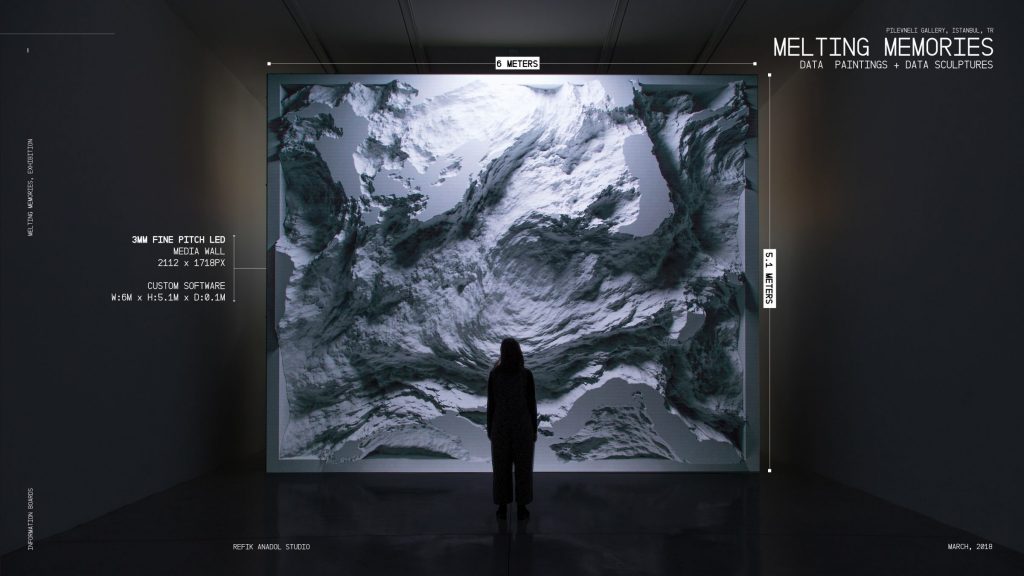The technological design that has inspired me is the new Burberry logo drawn by Peter Saville. The logo is created by him but Ricardo Tisci, the chief creative officer of Burberry, also had a discussion with Saville over what brand value should be included. He first tried to learn about the main objectives of the business by getting to know its brand culture and history. After talking to Ricardo, Saville realized that he needed to find a signature that can either be a logo on chiffon blouse and be inside the trench coat. He also considered how Burberry contains two Bs and three Rs. Saville attempted to gather the capital letters of Thomas Burberry and what the consumers like together. This has encouraged me to think of how to put different elements in one logo and bring such influence to the world. I think Saville has definitely used custom softwares due to the orderly arrangements of the monograms. Saville might not be inspired by others, but he surely had compared his previous experience on monogram design for Calvin Klein to this design for Burberry, which he found a difference between refocus/reorientate for Calvin Klein and represent the values of Burberry. By contrasting their specific needs for a new logo, Saville was able to design a monogram that represents Burberry for its 150-year-long history.
Wray, Adam, et al. How to Rebrand a Fashion Label.Vogue Business, 31 Jan. 2019 www.voguebusiness.com/companies/peter-saville-fashion-logo-design-burberry.
![[OLD FALL 2020] 15-104 • Introduction to Computing for Creative Practice](../../../../wp-content/uploads/2021/09/stop-banner.png)


